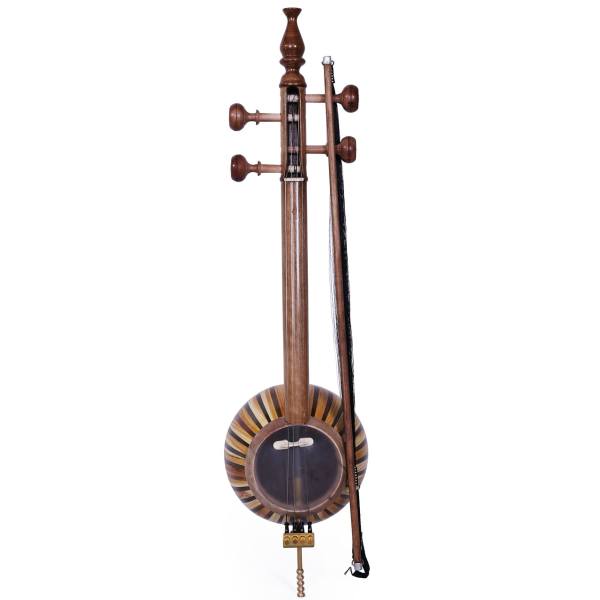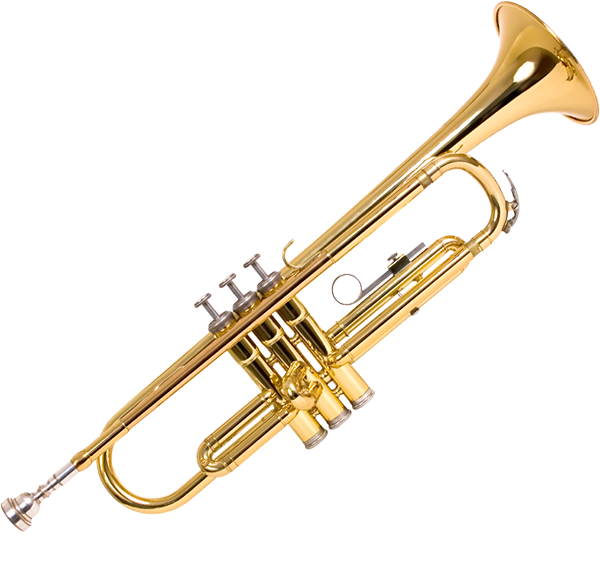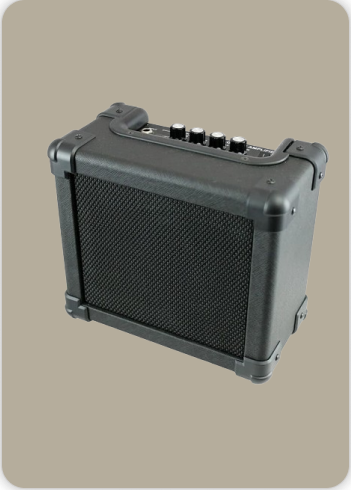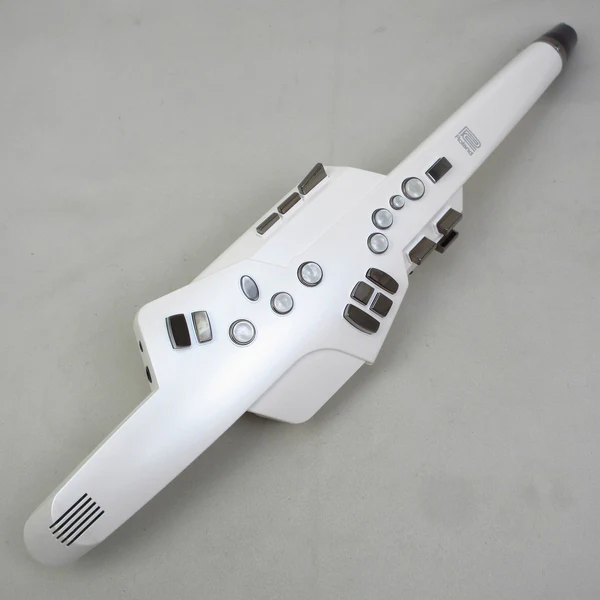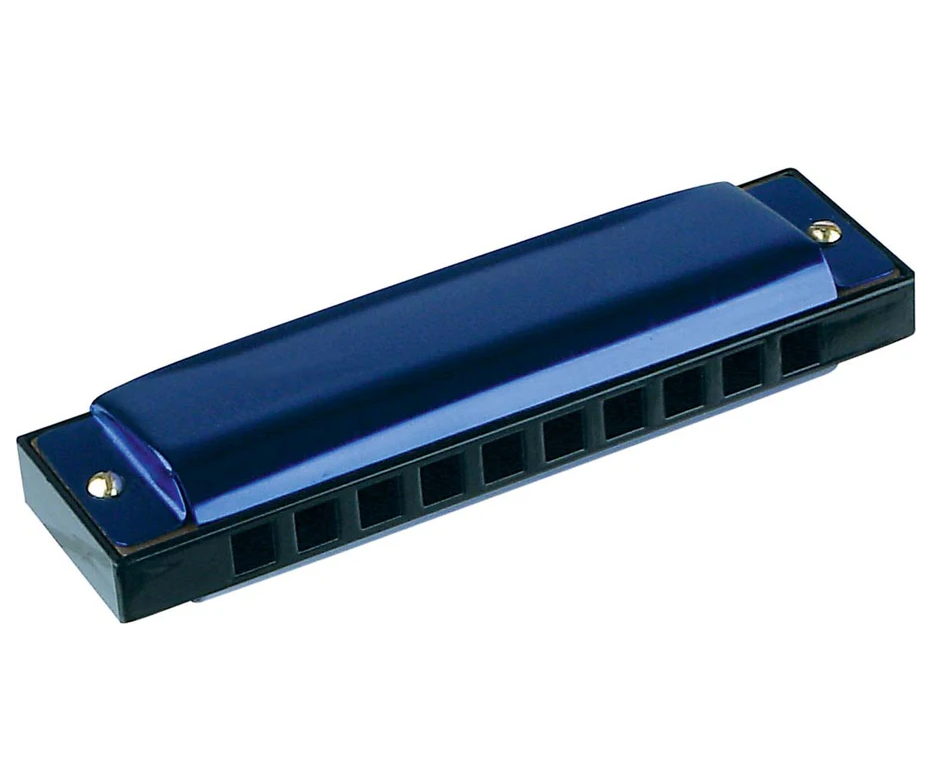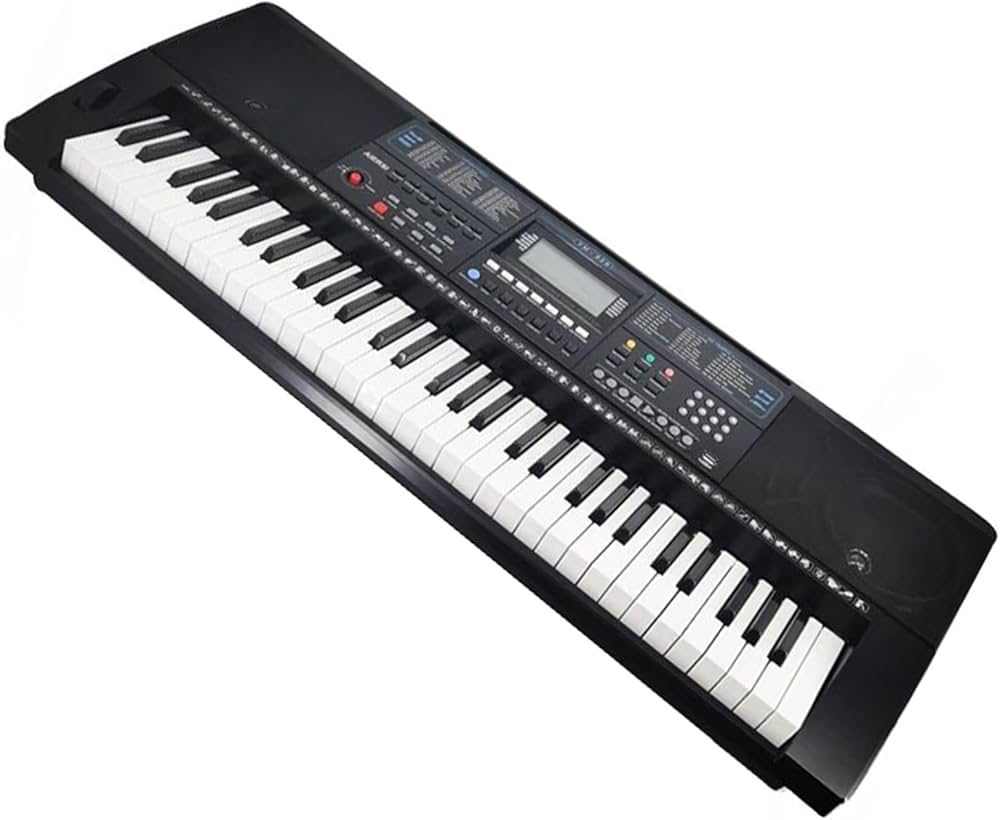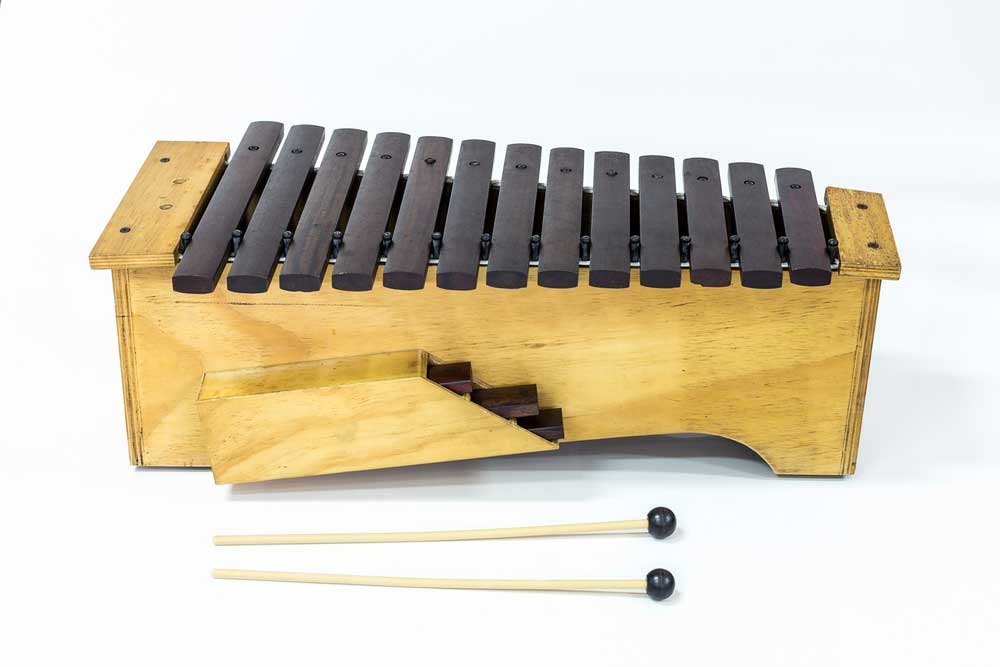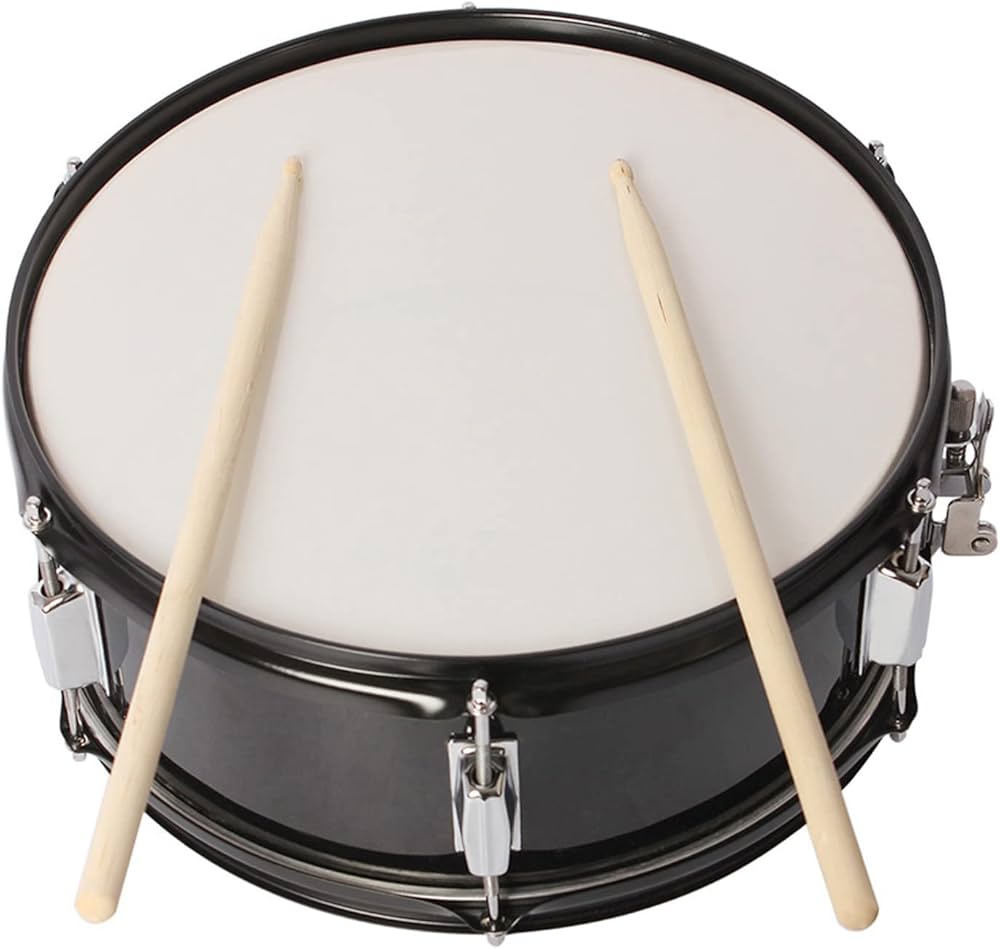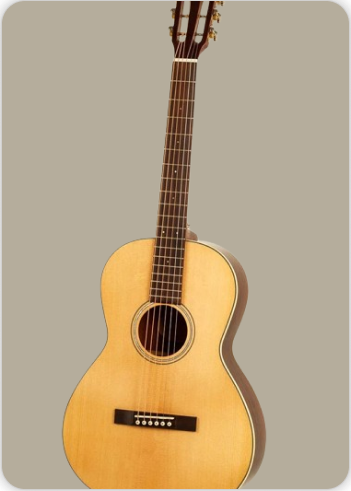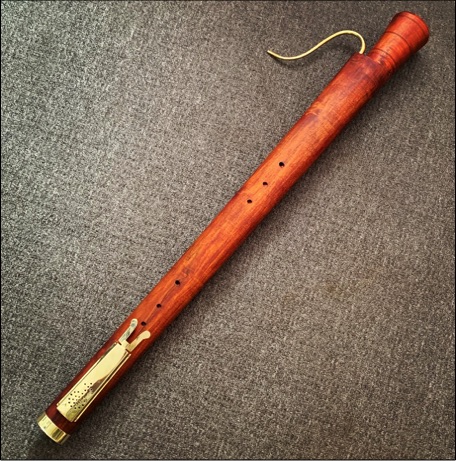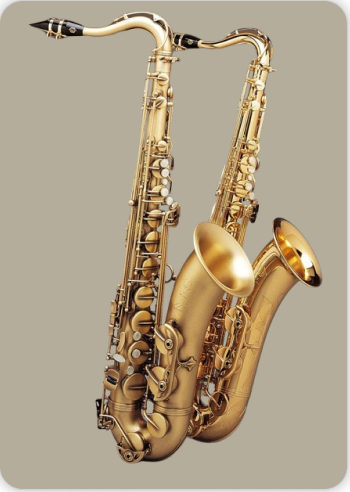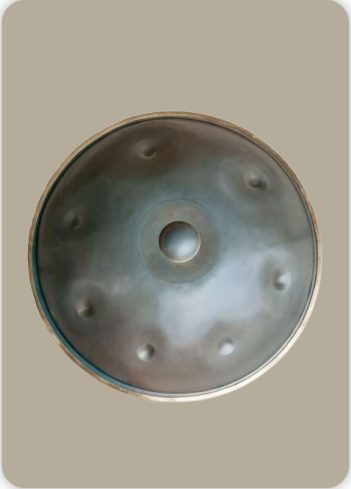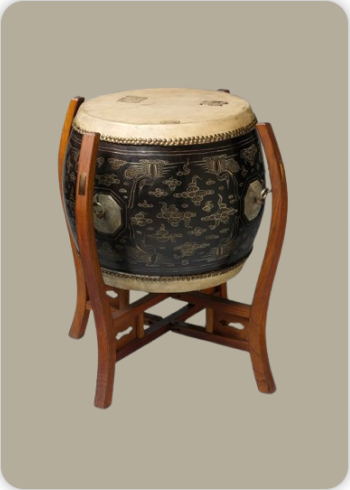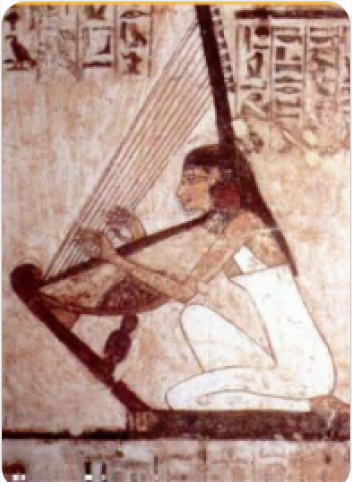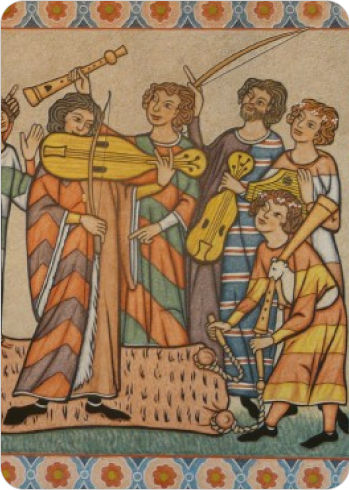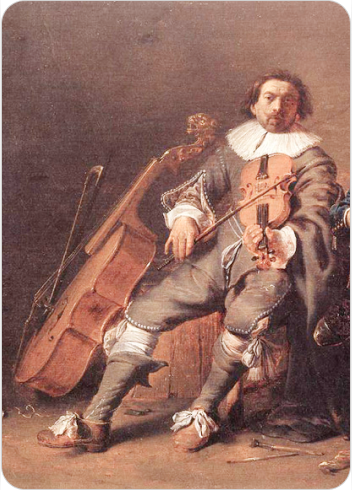Bassanello
Woodwinds
Europe
Between 1001 and 1900 AD
The Bassanello is a type of early double-reed wind instrument that evolved during the Renaissance and Baroque periods. It is a small, relatively simple woodwind instrument that was used primarily in Italy, though variations of it can be found in other European regions. The Bassanello has a mellow, deep tone and is closely related to instruments like the bassoon and the dulcian, both of which have similar construction and playing techniques.
The instrument features a narrow, conical bore and is played by blowing air through a double-reed mouthpiece. While the Bassanello is not as widely recognized today as other historical instruments, it played an important role in the early development of woodwind instruments in Western music history.
History and Origin
The Bassanello emerged in the late 16th century in Italy, during the Renaissance period. It was a member of the family of instruments known as “shawms” or “dulcians,” which were popular in European music at the time. The name “Bassanello” is derived from the Italian word for bass (basso), referring to its deep, low sound.
- The Bassanello was developed as an evolution of the dulcian, a predecessor to the modern bassoon. The dulcian itself was in use in Europe since the late 15th century, but over time, various regions adapted the design to create different types of instruments with varying sizes, tonal qualities, and ranges.
- During the Baroque period (1600-1750), the Bassanello became more widely used in musical ensembles, particularly in Italy. Its deep, resonant sound made it an ideal instrument for providing bass lines and accompaniment in both secular and sacred music.
- As the bassoon became the dominant bass instrument in orchestras and ensembles in the 18th century, the Bassanello gradually fell out of favor. It was superseded by the bassoon’s improved design and its ability to achieve greater range and precision.
Purpose and Uses
The Bassanello was primarily used in the following contexts:
It was used in small ensembles, often alongside other woodwinds like recorders, shawms, and viols. Its role was primarily to provide a rich, resonant bass line in these settings. The Bassanello was employed in both religious and secular music during the Renaissance and Baroque periods, especially in Italian compositions. It was used in court music, particularly in Italy, where it complemented the strings and other instruments in musical performances at royal courts. Like many other Renaissance instruments, the Bassanello was used in the performance of dances and festive music.
Types of Bassanello
While the term “Bassanello” generally refers to a specific type of bass reed instrument, there are some variations that were used depending on the period and location:
Standard Bassanello: The standard Bassanello, a small, bass double-reed instrument, was used during the Renaissance and Baroque periods. It was known for its relatively simple design and mellow, low sound.
Bass and Tenor Variants: Some variants of the Bassanello were larger or smaller, depending on the desired pitch range. Larger versions of the instrument were designed to produce deeper tones, while smaller versions might have been used for higher pitches.
Dulcian/Bassanello Hybrid: Some instruments from the Renaissance period were a hybrid of the dulcian and the Bassanello. These had characteristics of both instruments and were designed to meet the demands of different musical contexts.
Working Mechanism
The Bassanello works through a double-reed mechanism, similar to the bassoon. Here’s how it functions:
The player blows air between two reeds affixed to a mouthpiece, causing them to vibrate and produce sound. The vibration of the reeds creates the characteristic buzzing sound. The body of the Bassanello is typically made of wood and has a conical bore, which helps to amplify and shape the tone produced by the reed. The instrument’s bore gradually widens from the mouthpiece to the bell. The instrument has finger holes, which the player covers and uncovers to change the pitch. The number of holes can vary depending on the specific design of the Bassanello.
Like other double-reed instruments, the Bassanello requires the player to maintain steady and controlled airflow to produce a clean, consistent tone. Advanced players might also use circular breathing techniques for continuous play.
Characteristics and Key Features
The Bassanello produces a deep, resonant sound, often described as mellow and slightly reedy. Its tone is well-suited for playing bass lines in ensembles. The instrument is relatively small compared to modern bassoons, typically ranging between 2 to 3 feet in length. The Bassanello is generally made of wood, with popular choices being maple, boxwood, or other dense hardwoods. The instrument typically has a limited range, compared to modern bass instruments, but was sufficient for the musical roles it was designed for during the Renaissance and Baroque periods. The number of finger holes may vary, but the Bassanello generally features 6–7 finger holes for pitch control.
Significance
The Bassanello holds historical and musical significance for several reasons.
It played a key role in the development of woodwind instruments, particularly the bassoon. It is considered a precursor to the modern bassoon, sharing design features and playing techniques. The Bassanello contributed to the musical richness of the Renaissance and Baroque periods. It provided a distinct bass sound in ensembles and was an essential part of many musical compositions. The instrument helped define the texture of music in the late Renaissance and early Baroque periods, particularly in Italy, where its warm, deep tones complemented other instruments. The Bassanello is of historical interest to musicians and musicologists, offering a glimpse into the musical practices of the past and providing insight into the evolution of woodwind instruments.
It is a fascinating historical instrument that played an important role in the music of the Renaissance and Baroque periods. Though it eventually fell into obscurity, it remains significant in the history of woodwind instruments, serving as a link between early instruments like the dulcian and modern bassoons. The Bassanello’s deep, resonant tone and historical usage in sacred and secular music make it a unique part of Western musical heritage. Today, it continues to be studied and appreciated by musicians and historians alike.
FAQ
What are the main challenges in reconstructing the bassanello today?
Reconstructing the bassanello, an early Baroque bassoon-like instrument, presents several challenges due to its historical design and materials. One of the main challenges is sourcing the appropriate wood and reed materials, as the specific types used in the original instruments may no longer be available or suitable for modern crafting. Additionally, the limited number of historical records and surviving examples makes understanding the keywork and finger hole placement difficult, adding complexity to the reconstruction process.
What are the acoustic properties of a conical bore in the bassanello?
The conical bore of the bassanello contributes to its unique acoustic properties by allowing for a smoother transition between registers, enhancing the instrument’s tonal richness. The gradually widening bore amplifies sound waves evenly, producing a warmer and more resonant tone, particularly in the lower registers. This design was a key reason for the bassanello's popularity in Baroque ensembles, as it allowed for a balanced and expressive sound.
What are some famous compositions that feature the bassanello?
The bassanello, an early Baroque instrument, appears in several works from the 17th and 18th centuries. Compositions by Antonio Vivaldi often feature the bassanello in chamber music to reinforce bass lines and add texture. Similarly, composers like Francesco Cavalli and Alessandro Stradella utilized the bassanello in operas and instrumental works, highlighting its warm, resonant tone as an integral part of Baroque orchestration.
 Links
Links
References
Other Instrument
Categories
